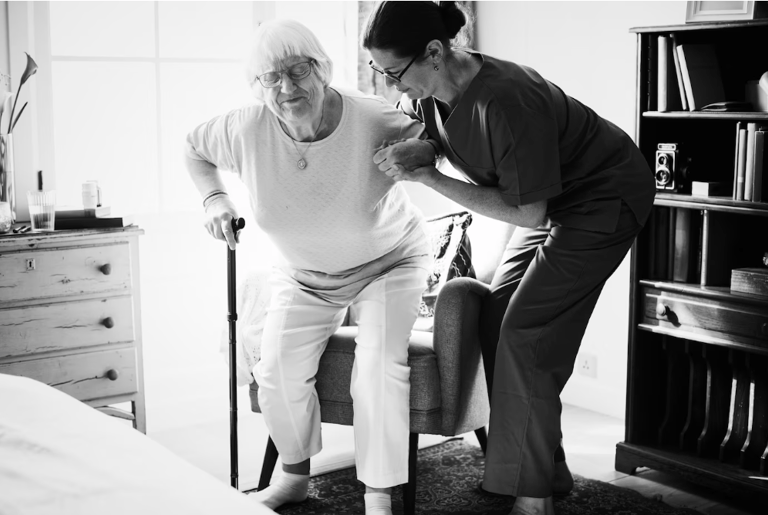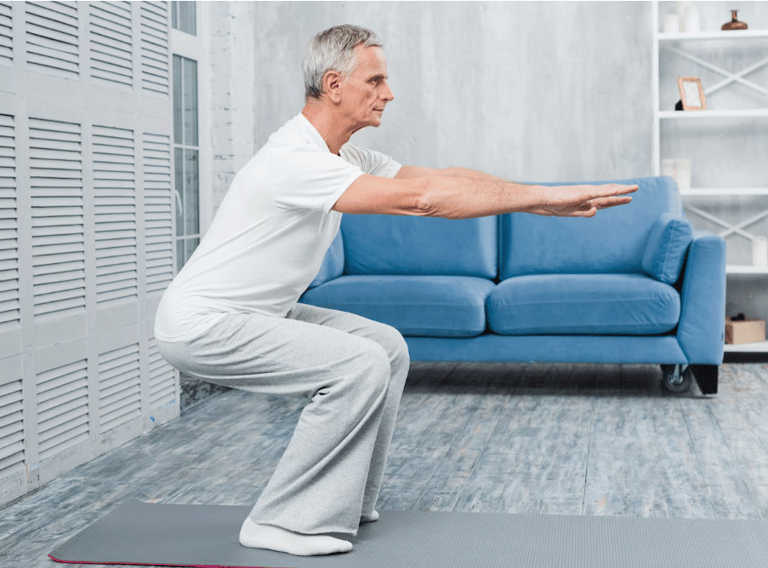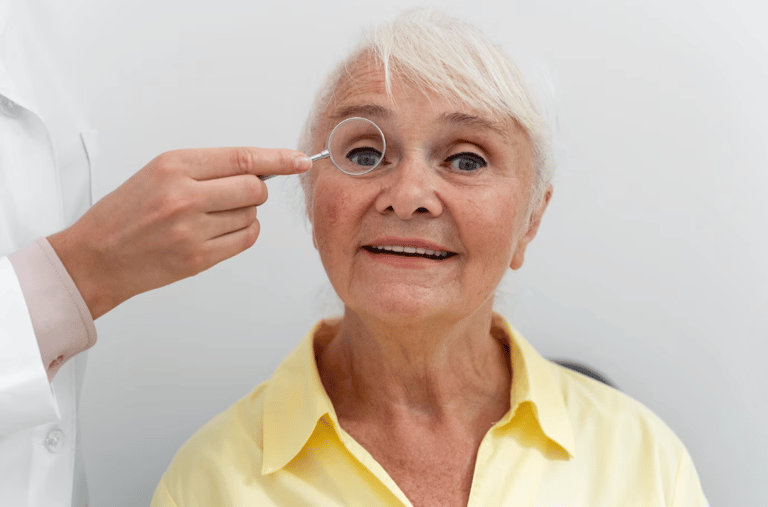Fall Prevention Tips for a Safe Home Environment for Seniors
As we age, our bodies change, and so do our needs when it comes to creating a safe living environment. Falls among seniors can have serious consequences, but with the right precautions, many of them can be prevented. In this comprehensive guide, we'll explore essential fall prevention tips to help seniors maintain a safe and secure home environment.
INFORMATIVE
Erlyn A. Pinkston
10/3/20233 min read


Falls are a significant concern for seniors, often leading to injuries and hospitalizations. Creating a safe home environment is crucial to preventing falls and maintaining the well-being of older adults. In this comprehensive guide, we'll explore essential fall prevention tips tailored to seniors and their families.
Introduction: The Impact of Falls on Seniors
Falls can have severe consequences for seniors, including fractures, head injuries, and a loss of independence. Preventing falls is essential for maintaining a high quality of life and ensuring safety.
Understanding the Risk Factors
Before we delve into fall prevention strategies, it's crucial to understand the risk factors that make seniors more susceptible to falls:
Risk Factors:
Muscle Weakness:
Risk: Reduced muscle strength makes it challenging to maintain balance.
Prevention: Encourage seniors to engage in regular strength training exercises, such as leg lifts, squats, and resistance band workouts. A physical therapist can provide tailored exercises to improve muscle strength.
Balance and Gait Issues:
Risk: Seniors may experience balance problems or difficulties walking.
Prevention: Balance exercises like tai chi and yoga can enhance stability. Physical therapists can also work with seniors to improve gait and balance.
Medications:
Risk: Some medications can cause dizziness or drowsiness, increasing the risk of falls.
Prevention: Seniors should review their medication list with healthcare providers to identify potential side effects. Adjustments or alternatives may be considered to reduce the risk of dizziness.
Vision Problems:
Risk: Poor vision or untreated eye conditions can lead to tripping hazards.
Prevention: Regular eye exams are crucial. Adequate lighting throughout the home, including nightlights in hallways and bathrooms, can improve visibility.
Home Hazards:
Risk: An environment with tripping hazards increases the likelihood of falls.
Prevention: Conduct a thorough home safety assessment. Remove or secure loose rugs, eliminate clutter, and install handrails in high-risk areas like staircases. Ensure that pathways are clear and free of obstacles.


Fall Prevention Strategies:
Home Modifications:
Strategy: Ensure that the home environment is free of hazards.
Details: This includes securing loose rugs with double-sided tape, removing clutter from walkways, and installing handrails on both sides of staircases. Grab bars can be added in bathrooms to aid with stability.
Regular Exercise:
Strategy: Engage in regular physical activity to improve strength and balance.
Details: Activities like tai chi, yoga, and strength training exercises are excellent for enhancing balance and muscle strength. Aim for at least 150 minutes of moderate-intensity aerobic activity per week.
Medication Management:
Strategy: Discuss medication side effects with healthcare providers.
Details: Seniors should maintain an updated list of medications and inform their healthcare team of any dizziness or other side effects. Medications can be adjusted or alternatives explored if necessary.
Vision Care:
Strategy: Get regular eye check-ups and update eyeglass prescriptions as needed.
Details: Adequate lighting throughout the home is essential. Consider task lighting for reading and other activities that require focused vision.
Footwear:
Strategy: Wear well-fitting, supportive shoes with non-slip soles.
Details: Seniors should avoid walking in socks or flimsy slippers, as they provide little traction. Proper footwear can significantly reduce the risk of slipping.


Falls are not an inevitable part of aging. These comprehensive strategies aim to address the various risk factors associated with falls among seniors. By implementing these measures, seniors can significantly reduce their risk of falling and maintain their independence and quality of life.


Our Links
Mailing Address
P.O. Box 115 Garden Grove
CA 92842-115
